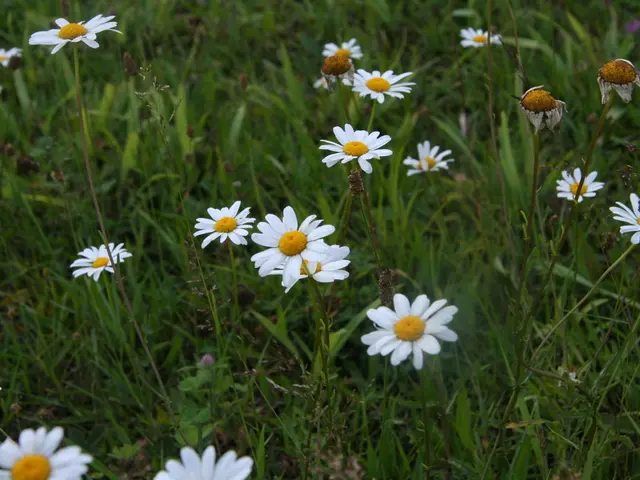Seasoned gardeners often disregard online gardening tips and advice.
How I Learned to Stop Following Online Gardening Advice and Start Seeing Real Results
It's time to ditch the complicated online gardening recommendations and trust the wisdom of experienced gardeners instead. I took a chance and tested a supposedly "incorrect" method of watering my zucchini plants and got some shocking results! Not only did my method work, but it outperformed the advice found on popular gardening websites, with an almost 30% increase in yield. My neighbors have since joined me in this rebellion against online advice.
A Watering Method That Bucks Tradition
I discovered that using cold water to hydrate my zucchini plants, contrary to what's promoted online, actually produces results hard to achieve through proper online protocols. It's a game-changer, and my neighbors have jumped on board since seeing the success of my gardens.
Separating Fact from Fiction
Now that I've shared my findings, let me walk you through the false teachings lurking in mainstream gardening articles.
Perils of Warm Water - The first big gaffe is the advice to exclusively use warm water, temperatures ranging from 22-25 degrees Celsius. The reasoning behind this is that cold water supposedly stresses out the roots and slows growth. But don't be fooled! Does rain ever heat up before hitting our gardens? And yet, following rain, zucchinis flourish.
The Weekly Watering Misconception - Another falsehood is the claim that zucchinis thrive when watered strictly once a week. It's suggested that frequent watering leads to root rot. However, the most successful zucchini harvesters I know water their plants daily during hot weather, with a total of 15-18 zucchinis per bush at the end of the season. I verified this information with five of my neighbors.
The Lunacy of Sun-Soaked Water - Finally, we have the notion that it's advantageous to allow water to sit in the sun for a day so that the chlorine can evaporate and be harmless to the plants. Yet, I've been using water straight from the hose for years, and my zucchinis love it!
The Real Deal on Zucchini Watering
The Role of Water Temperature
- The temperature of water doesn't significantly impact zucchini yield. Instead, the plants are more responsive to the consistency and abundance of water. As long as the soil is moist (but not waterlogged) - the plants will thrive.
Effective Watering Practices
- Consistent moisture is essential. Zucchini plants typically require about 1 to 2 inches of water per week, whether from rainfall or irrigation. During hot weather, daily watering may be necessary, whereas cooler conditions might require watering every 2-3 days.
- Overwatering should be avoided, as it can lead to root rot. A simple soil moisture check - inserting your finger into the soil - can ensure it's not too dry before watering.
- Deep watering encourages healthy root growth and fruit development, prompting the roots to delve deeper into the soil, making them more resilient to drought.
Strategies for Boosting Yield
- Ensure that the soil is well-fertilized, with a balanced fertilizer like 10-10-10 NPK, being applied regularly, especially when the fruits are forming.
- The best locations for zucchini growth are those with a mix of morning sun and afternoon shade. Although full sun is beneficial, extreme heat may necessitate some shade to protect the leaves from damage.
- Consistent moisture is key for maintaining uniform fruit size and quality. Uneven watering can lead to misshapen or shriveled fruits.
In conclusion, using cold water for watering zucchini plants doesn't enhance yield, but consistent moisture and avoiding overwatering do promote healthy growth and yield. So, celebrate the power of real-world experience over online hocus-pocus!
My experiment with cold water for hydrating zucchini plants bucked the traditional norms and delivered results beyond those found through popular online gardening advice. Rather than believing in the overhyped importance of warm water for zucchini plants, focus on ensuring consistent moisture and avoiding overwatering for optimal growth and yields.








